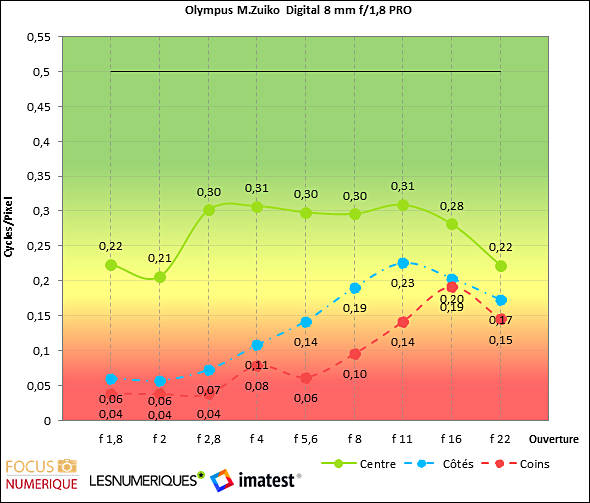
It allows to keep PV going, with more focus towards AI, but keeping be one of the few truly independent places.
-
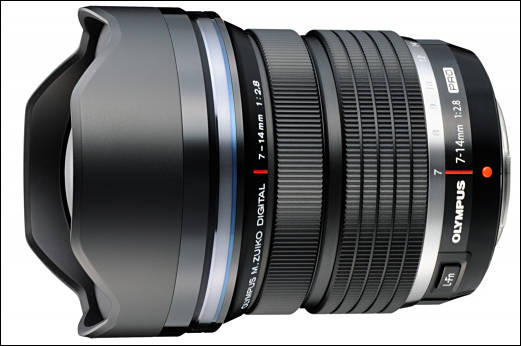
Specs
- 14 lens elements in 11 groups
- 2 aspherical ED lenses, 1 DSA lens, 1 aspherical lens, 3 Super ED lenses 1 ED lens and 2 HR lenses.
- Manual focus clutch
- L-Fn button
- Minimum focusing distance - 7.5cm
- Weigh - 534g.
- Available - July 2015
- $999.99
- http://www.amazon.com/Olympus-M-Zuiko-Digital-f1-8-Fisheye/dp/B00WENHV2G/
Hobbyists, photo enthusiasts and professionals alike will be captivated by the M.ZUIKO DIGITAL ED 8mm f/1.8 PRO Fisheye lens' 180-degree diagonal angle of view. Like the M.ZUIKO DIGITAL ED 7-14mm f/2.8 PRO, this lens includes dustproof and splashproof construction, for unlimited wide-angle adventure. The lens is also compatible with a custom dome port for use with an Olympus underwater housing.
The M.ZUIKO DIGITAL ED 8mm f/1.8 PRO Fisheye lens is constructed of 17 elements in 15 groups and can capture high resolution at the very edges of an image, even at the maximum aperture of f/1.8. ZERO Coating minimizes optical flares and ghosting. The lens also comes with a fixed lens hood and a pinch-style lens cap LC-62.
From under the sea to the night sky, the record-breaking new M.ZUIKO DIGITAL ED 8mm Fisheye 1:1.8 PRO is an unprecedented opportunity to add stand-out creativity and a uniquely dynamic and abstract look to extremely wide-angle shots of the natural world. Unprecedented, because – in this category – the Fisheye PRO is the world’s brightest fisheye lens*. The super-large aperture ensures photographers top-notch optical performance in any conditions, especially in low light. The 2.5-cm minimum focusing distance (measured from end of the lens) and maximum magnification of x0.2 make it a logical choice for nature photographers with a passion for quirky perspectives and eye-catching bokeh.
But the Fisheye PRO is also ideal for fast-action sports photography; landscape, nightscape and sky panoramas; as well as crowds, interiors or architecture. For underwater specialists, it likewise opens up exciting new opportunities – it’s compatible with a range of accessories via the new underwater lens port PPO-EP02.
Like the other lenses in the M.ZUIKO PRO family, it’s extremely compact and lightweight, especially compared to equivalent D-SLR rivals. The build quality is top notch. In pre-launch tests, professional photographers were quick to praise the blur-free performance of the Fisheye PRO at both ends of the f stop scale. Light fall-off at the edges is negligible, as are both chromatic and comatic aberrations, particularly when compared to equivalent rival lenses.

 aset24.jpg521 x 346 - 29K
aset24.jpg521 x 346 - 29K
 aset25.jpg499 x 366 - 34K
aset25.jpg499 x 366 - 34K -
Samples
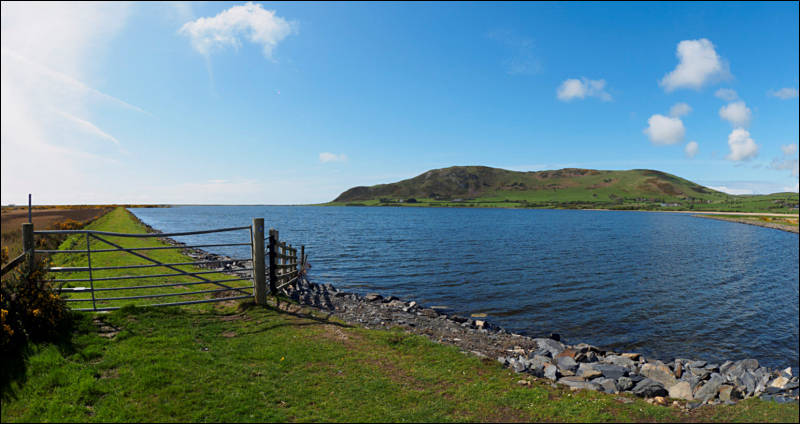
- http://www.mirrorlessons.com/2015/05/12/from-tywyn-to-london-part-ii-olympus-8mm-f1-8-fisheye-image-samples/
- http://www.thephoblographer.com/2015/05/13/first-impressions-olympus-7-14mm-f2-8-pro-and-8mm-f1-8-fisheye/
- http://olympus-imaging.jp/product/dslr/mlens/8_18pro/sample.html
- http://www.steves-digicams.com/blog/hands-on-with-the-olympus-m-zuiko-8mm-fisheye-pro/
- http://www.imaging-resource.com/news/2015/05/12/olympus-announce-price-and-availability-of-7-14-f-2.8-pro-8mm-f-1.8-fisheye

 aset26.jpg800 x 424 - 61K
aset26.jpg800 x 424 - 61K -

Images shot with the lens offer pleasing sharpness; corners are often out of focus in wide-aperture (ƒ/1.8) shots because of the subject distance, rather than characteristics of the lens. It doesn't take much to get the full frame of a scene in focus - just back up and stop down a few aperture stops.
https://www.flickr.com/photos/97470426@N06/sets/72157653653816991

 aaset6.jpg800 x 586 - 164K
aaset6.jpg800 x 586 - 164K -
However, users of the Olympus OM-D series M4/3 cameras who need with wide angle coverage will find it an excellent performer, particularly if they also require weatherproof sealing.
Underwater photographers will find the new fisheye lens can offer dramatically different viewpoints from the usual wide-angle lenses and its fast maximum aperture will be a genuine advantage. For these users, Olympus offers an optional PPO-EP02 underwater lens port that has been designed specifically for this lens.
-
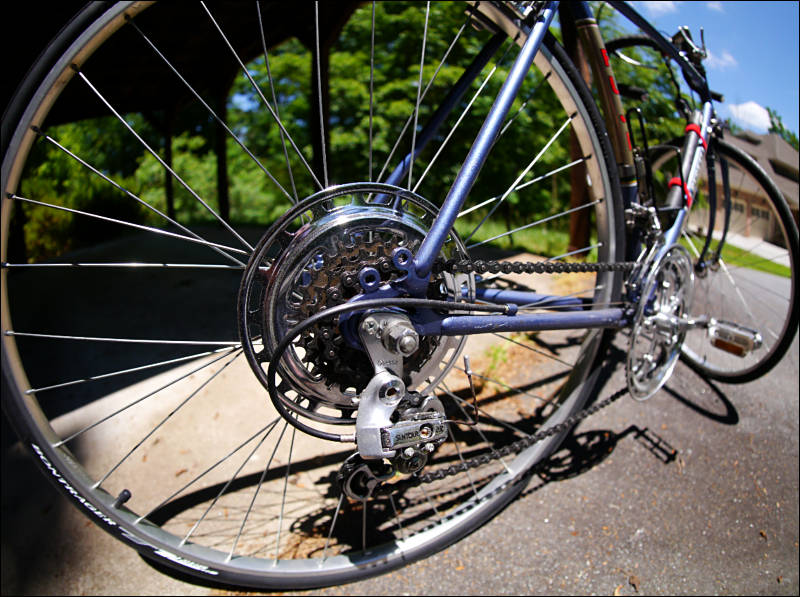
Images shot with the lens offer pleasing sharpness; corners are often out of focus in wide-aperture (ƒ/1.8) shots because of the subject distance, rather than characteristics of the lens. It doesn't take much to get the full frame of a scene in focus - just back up and stop down a few aperture stops.

 sales20.jpg800 x 597 - 113K
sales20.jpg800 x 597 - 113K -

 sales21.jpg800 x 420 - 133K
sales21.jpg800 x 420 - 133K -

 sales29.jpg800 x 573 - 184K
sales29.jpg800 x 573 - 184K -
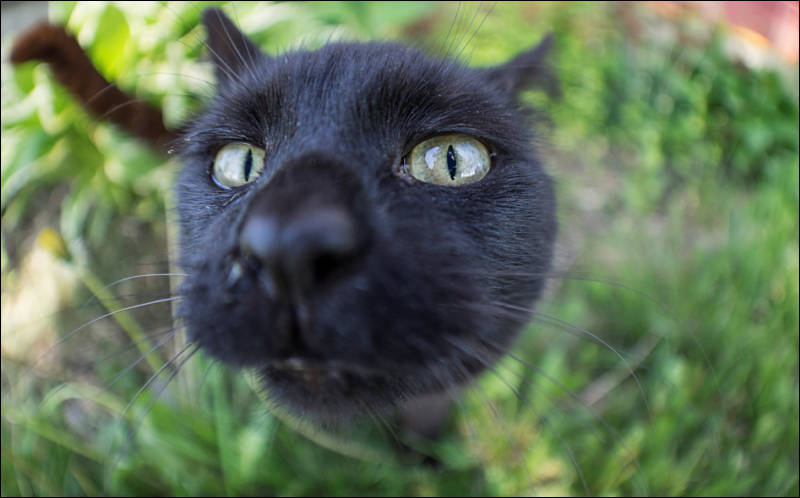
If you are an action, concert, astro or underwater photographer who often encounters low-light situations, the extreme wide angle combined with the very fast aperture and close focussing capabilities could definitely be a great advantage.
http://www.mirrorlessons.com/2015/06/08/olympus-8mm-fisheye-review/

 sales31.jpg800 x 498 - 53K
sales31.jpg800 x 498 - 53K -
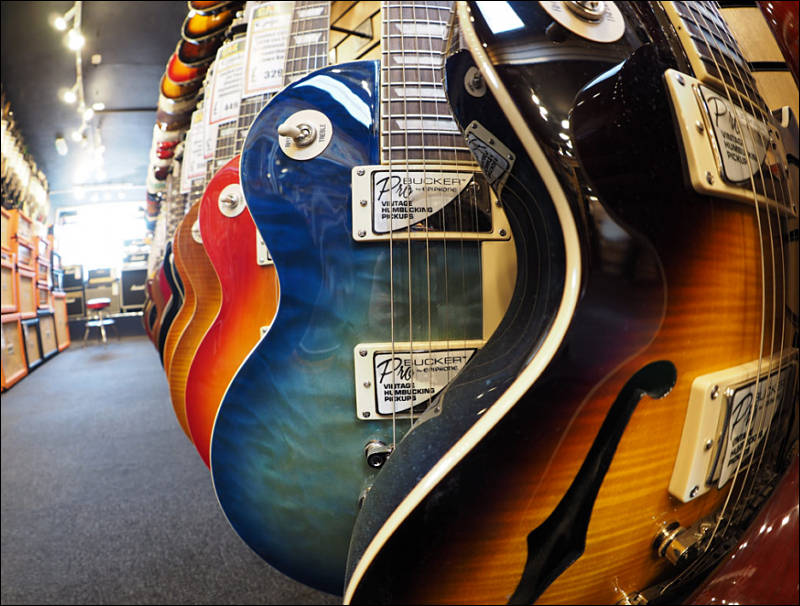
What makes it special, not just within the Micro Four Third catalogue, but in any system, is the f1.8 focal ratio, the World's brightest for a Fisheye. This lets you keep shutter speeds higher or sensitivities lower than other Fisheyes under the same lighting conditions, which is a boon whether you're shooting stills or video. Couple it with the fantastic stabilization built-into Olympus bodies, particularly the OMD EM5 Mark II, and you'll rarely find the need to shoot above the lowest sensitivities, ensuring great quality results.

 sales59.jpg800 x 606 - 99K
sales59.jpg800 x 606 - 99K -

 sales60.jpg800 x 610 - 62K
sales60.jpg800 x 610 - 62K -

 sales129.jpg800 x 585 - 41K
sales129.jpg800 x 585 - 41K -

 sales140.jpg800 x 642 - 92K
sales140.jpg800 x 642 - 92K -

 sales8.jpg590 x 503 - 51K
sales8.jpg590 x 503 - 51K -

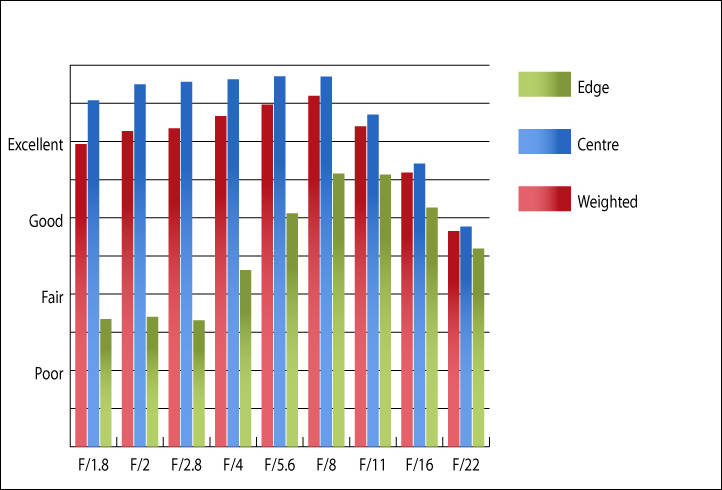
Olympus has created something unique. Not only will the fast aperture allow for shooting in low light conditions with the expansive field of view you'd expect of a fisheye, but it also delivers outstanding sharpness and robust build.
http://www.ephotozine.com/article/olympus-m--zuiko-digital-8mm-f-1-8-fisheye-pro-review--27780

 sales22.jpg800 x 543 - 74K
sales22.jpg800 x 543 - 74K
 sales23.jpg722 x 490 - 56K
sales23.jpg722 x 490 - 56K -
Fisheye has no rear filter?
-
Lots of fisheyes have no rear filter :-)
-

 sales51.jpg800 x 598 - 73K
sales51.jpg800 x 598 - 73K -

 speedway5.jpg800 x 757 - 129K
speedway5.jpg800 x 757 - 129K -

 z_imax18.jpg800 x 582 - 67K
z_imax18.jpg800 x 582 - 67K
Howdy, Stranger!
It looks like you're new here. If you want to get involved, click one of these buttons!
Categories
- Topics List23,964
- Blog5,723
- General and News1,342
- Hacks and Patches1,151
- ↳ Top Settings33
- ↳ Beginners254
- ↳ Archives402
- ↳ Hacks News and Development56
- Cameras2,361
- ↳ Panasonic990
- ↳ Canon118
- ↳ Sony154
- ↳ Nikon96
- ↳ Pentax and Samsung70
- ↳ Olympus and Fujifilm99
- ↳ Compacts and Camcorders299
- ↳ Smartphones for video97
- ↳ Pro Video Cameras191
- ↳ BlackMagic and other raw cameras121
- Skill1,961
- ↳ Business and distribution66
- ↳ Preparation, scripts and legal38
- ↳ Art149
- ↳ Import, Convert, Exporting291
- ↳ Editors191
- ↳ Effects and stunts115
- ↳ Color grading197
- ↳ Sound and Music280
- ↳ Lighting96
- ↳ Software and storage tips267
- Gear5,414
- ↳ Filters, Adapters, Matte boxes344
- ↳ Lenses1,579
- ↳ Follow focus and gears93
- ↳ Sound498
- ↳ Lighting gear314
- ↳ Camera movement230
- ↳ Gimbals and copters302
- ↳ Rigs and related stuff272
- ↳ Power solutions83
- ↳ Monitors and viewfinders339
- ↳ Tripods and fluid heads139
- ↳ Storage286
- ↳ Computers and studio gear560
- ↳ VR and 3D248
- Showcase1,859
- Marketplace2,834
- Offtopic1,319










